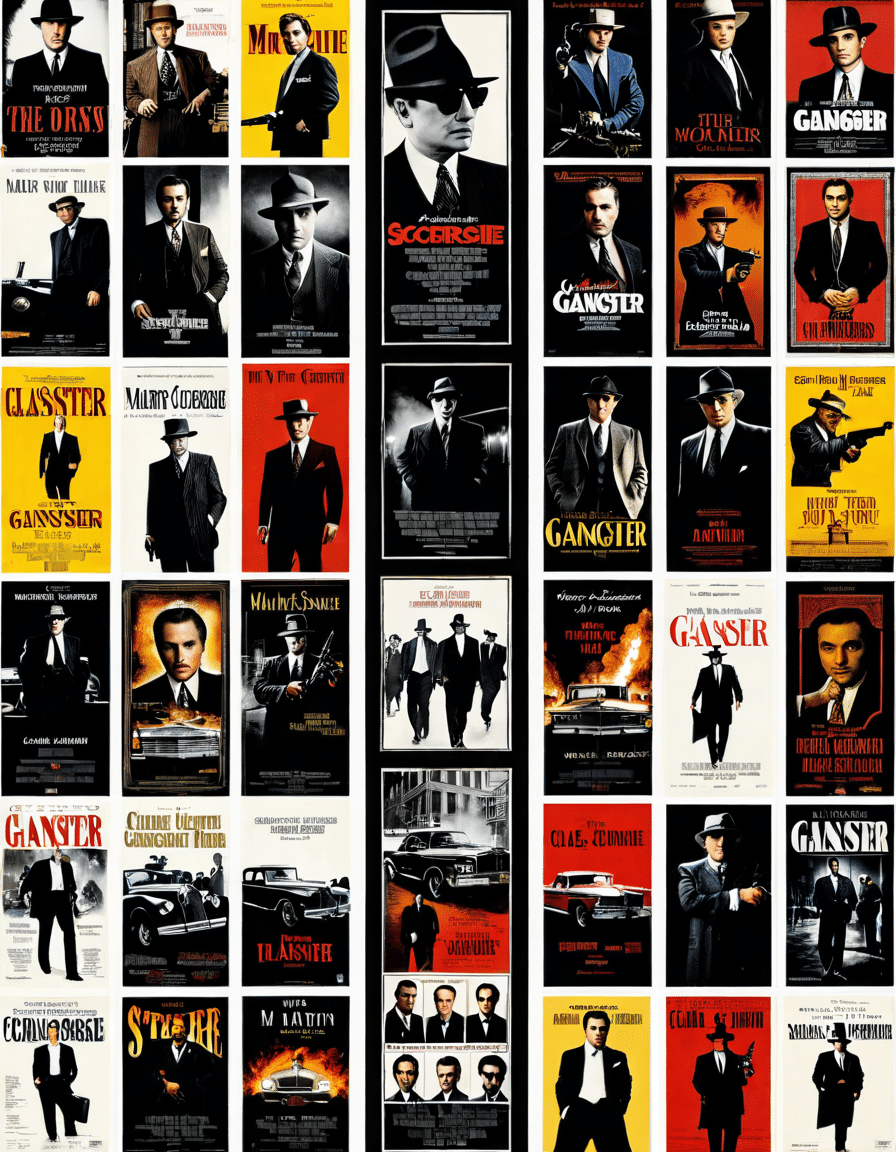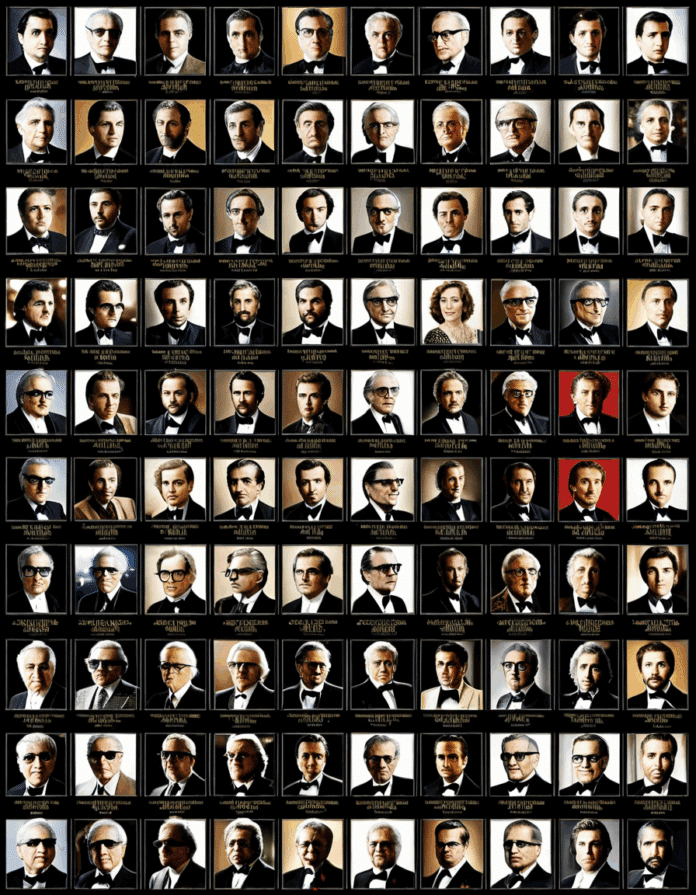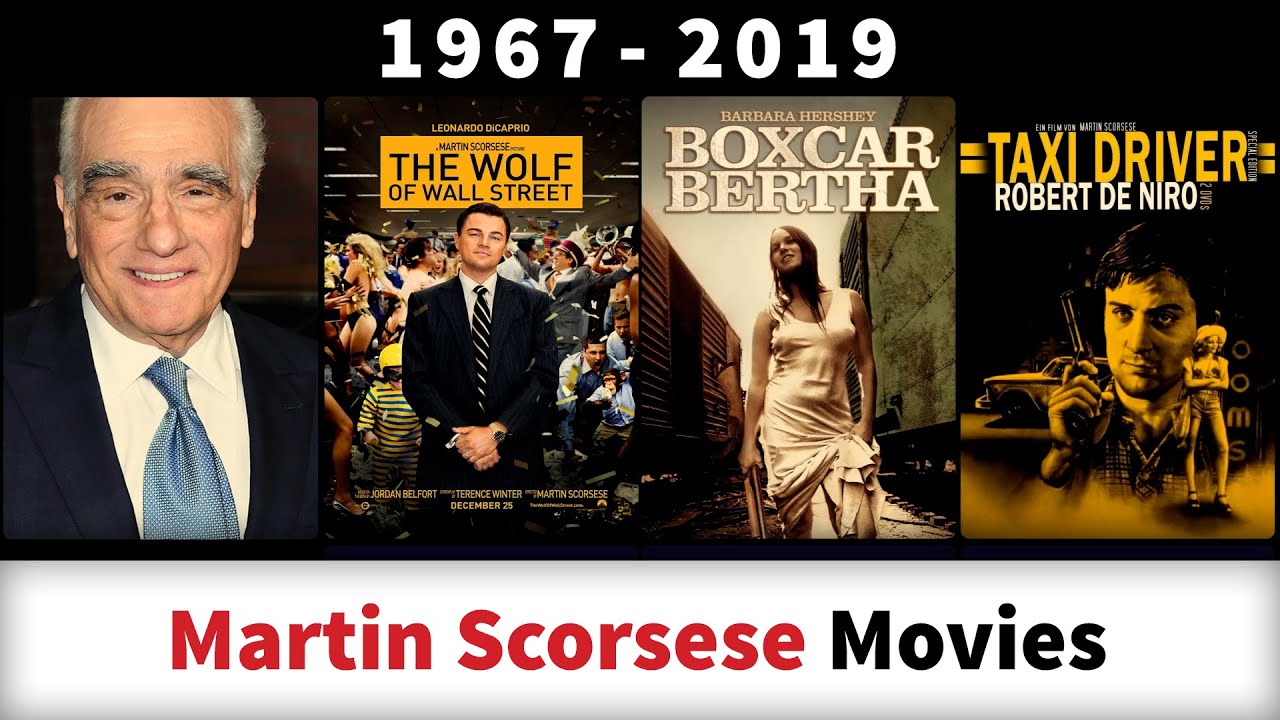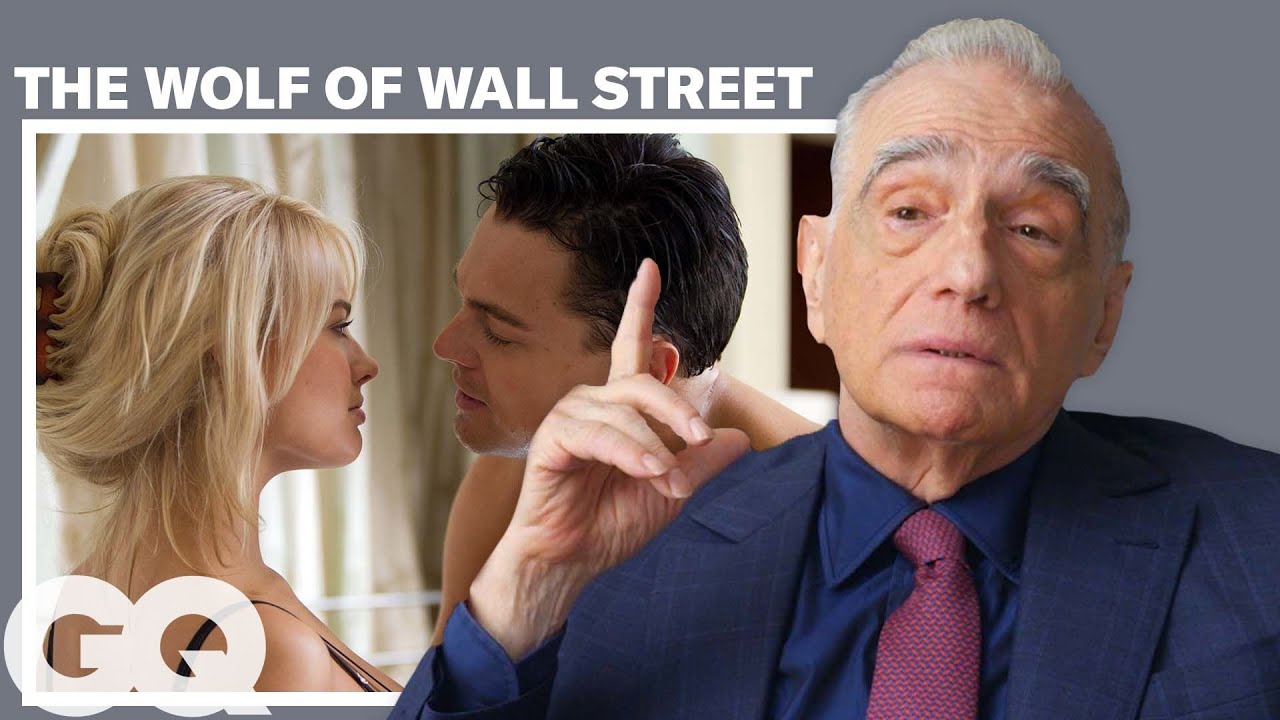Let’s talk about a true luminary in the world of filmmaking—Martin Scorsese. His filmography is akin to a rich tapestry woven with intricate threads of storytelling, artistry, and a deep understanding of the human experience. From the bustling streets of New York to the gritty underworld of crime dramas, Scorsese’s films not only entertain but also resonate on a profound emotional level. So, grab your popcorn as we unpack the iconic Martin Scorsese filmography, taking you on an exhilarating ride through the milestones of his illustrious career.
Unpacking Martin Scorsese Filmography: A Timeline of Masterpieces
Martin Scorsese isn’t just a name; it’s a brand that screams cinematic excellence. His journey is peppered with films that have altered the landscape of modern cinema, influencing countless directors and captivating millions of fans. As we delve into the key phases of his career, it’s clear that his unique storytelling embroils complex characters and stunning visuals.

1. The Early Years: Shaping a Vision
Beginning with Mean Streets (1973), Scorsese brought to life a raw, compelling portrait of New York’s Italian-American community. He didn’t shy away from the grittiness of real life—his characters weren’t your typical heroes; they were complex, often flawed individuals trying to navigate a world full of temptation and danger. That’s where Scorsese’s magic lies.
It’s in this film that the legendary collaboration with Robert De Niro takes off, paving the way for a partnership that would lead to countless classics. The vibrant soundtrack isn’t just a backdrop; it’s a character in itself, adding depth and emotion to every scene.
2. Defining Moments: The Creative Boom
The late ’70s and early ’80s brought us some of Scorsese’s defining works, notably Taxi Driver (1976) and Raging Bull (1980). Talk about a creative boom! Taxi Driver dives headfirst into themes of isolation and madness, presenting the unforgettable character of Travis Bickle, played by De Niro. Meanwhile, Raging Bull chronicles the life of boxer Jake LaMotta, showcasing Scorsese’s knack for biographical storytelling and his ability to capture the darker facets of human nature.
These films pushed cinematic boundaries, making viewers confront uncomfortable truths about society and themselves. Scorsese used stylistic choices—like dynamic editing and sweeping camera movements—to amplify the emotional impact, a hallmark of his filmography.
3. The 1990s Renaissance: Crime and Family
The ’90s ushered in a renaissance period for Scorsese, highlighted by masterpieces such as Goodfellas (1990) and Casino (1995). These films explore the underbelly of organized crime while showcasing Scorsese’s evolving perspective on American culture. Goodfellas is particularly celebrated for its innovative narrative style, which pulls the viewer into a whirlwind of glitz, glamour, and moral decay.
He expertly balances the thrill of the high-stakes world with a sharp critique of the American Dream, making us question the cost of ambition and success. As audiences, we’re treated to a film that feels both exhilarating and cautionary.
4. A New Era: Collaborations and Expansions
As we moved into the new millennium, Scorsese embarked on exciting collaborations, especially with Leonardo DiCaprio. Films like Gangs of New York (2002), The Aviator (2004), and The Wolf of Wall Street (2013) reveal a broader range of themes including ambition, morality, and the infamous pursuit of the American Dream.
With DiCaprio, Scorsese creates a dynamic duo, bringing to life characters who grapple with moral dilemmas in markedly different contexts. Each film showcases his ability to adapt while maintaining that signature Scorsese touch—intense performances and a deep exploration of identity and consequence.
5. Reflecting on Legacy: Recent Works and Recognition
Even more recently, Scorsese continues to evolve and ignite discussions within the industry. With films like Silence (2016) and The Irishman (2019), he digs into profound themes of faith, regret, and mortality. The Irishman is particularly noteworthy; it revives the iconic De Niro-Scorsese collaboration while also showcasing technological advancements in visual effects.
His influences go beyond just making films; they inspire new generations of filmmakers. Scorsese emphasizes the importance of film preservation and advocates for authentic storytelling, making his legacy not just about what he’s created but also about the future of cinema.
Nicolette Scorsese: A Remarkable Connection to Scorsese’s Legacy
Now, let’s pivot a bit to Nicolette Scorsese. Often seen as a lesser-known figure in the glamorous world of Hollywood, she adds an intriguing layer to the narrative surrounding Scorsese’s life. Nicolette is not just an actress; her impact on the dialogue surrounding Scorsese’s work offers insight into how personal relationships can inspire creativity.
Behind the Lens: Personal Influences and Impact
Nicolette Scorsese’s appearances in films like Christmas Vacation and The Last of the Finest are significant, but her connection to Scorsese is the real story. Their relationship emphasizes that the lives of filmmakers don’t exist in a vacuum; they intertwine with their close connections, often influencing their artistic choices and perspectives.
A glimpse into her thoughts on artistry and Scorsese’s philosophy paints a more intimate picture of the man behind the lens. This connection enriches our understanding of Scorsese’s world, reminding us that greatness often comes from a tapestry of relationships and shared ambitions.

The Evolution of a Maestro: Martin Scorsese’s Lasting Impact on Film
As we look to the future of cinema, it’s clear that Scorsese remains a monumental force. He continues to champion the art of filmmaking, inspiring a new generation to pursue their creative passions. His relentless dedication to storytelling and mentorship is what sets him apart in an industry that often craves innovations.
Scorsese’s contributions are far-reaching, affecting everything from film preservation to how we perceive narrative in cinema. His ongoing projects remind us that his journey is far from over, ensuring audiences will experience his unique vision well into the future.
In conclusion, the Martin Scorsese filmography isn’t just a collection of films; it symbolizes an iconic journey that resonates with many. It combines engaging narratives with deep emotional exploration, inviting fans to admire, dissect, and cherish what he has offered. For anyone with even a fleeting interest in film, Scorsese’s works promise a rewarding experience that fuels the fire of cinematic appreciation for generations to come. So, grab those streaming subscriptions and dive into one of cinema’s most celebrated minds—your movie nights will thank you!
Martin Scorsese Filmography: A Deep Dive into Iconic Cinema
A Journey through Scorsese’s Cinema
Did you know Martin Scorsese narrowly escaped a career in the priesthood to become one of the most acclaimed filmmakers in history? His childhood love for cinema, fueled by classic American films and Italian neorealism, eventually led to groundbreaking works like “Taxi Driver” and “Goodfellas.” Many cinema aficionados draw comparisons between the intense character studies in Scorsese’s films and the gripping narratives of contemporary media, similar to how one might find unexpected plots in the Fetlife Murders. Scorsese’s knack for dialogue, rapid-fire editing, and expert storytelling serves up some unforgettable cinematic moments that have become classics.
Amidst his chaotic stories, one can often assess real-life issues, much like the social commentary found in sports narratives—think of the struggles faced by the England national football team. Scorsese’s films don’t shy away from showing the grit and grind of urban life, while somehow capturing the often surreal journey of a protagonist navigating their way through not just personal conflicts but also societal expectations. And let’s not forget, when filming, the set must be as quiet as possible—much like on any significant production, it’s the mantra of quiet on set that ensures pure creative flow.
Behind-the-Scenes Tidbits and Fun Facts
Scorsese’s affinity for music is evident throughout his filmography, paving the way for epic soundtracks that complement the intense narratives. His collaboration with legendary artist Omar Apollo echoes in films, creating atmospheric vibes that have characterized his storytelling style. Plus, many may not know that Scorsese had a cameo appearance in “The Irishman, a film that depicts the mob culture much like Phantasy Star online 2 Pso2 immerses players in a fantasy universe—both showcasing intricate journeys filled with complex characters.
Moreover, his storytelling influences stem from a broad spectrum of sources, including literary figures like Dostoevsky and visual artists from various genres. His ability to weave together compelling narratives mirrors the artistic exploration found in university research, similar to what you might find at the University Of Maryland baltimore county. Each cinematic piece, from “Raging Bull” to “The Wolf of Wall Street, is a testament to his evolution as a filmmaker challenging traditional narratives, making you ponder deeply while rooting for or against the protagonist. Really, Scorsese has mastered the art of reflecting life’s grit and beauty.
In the end, Martin Scorsese’s filmography is more than a collection of films—it’s a monumental anthology exploring the human experience in all its chaotic glory. Whether it’s through the trials of mafia life or the heartache of personal struggles, his films inspire passion and provoke thought, resonating with audiences worldwide as they embark on their cinematic journey.







